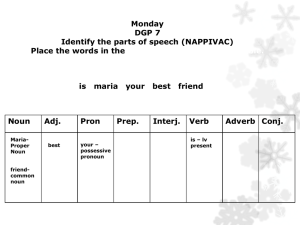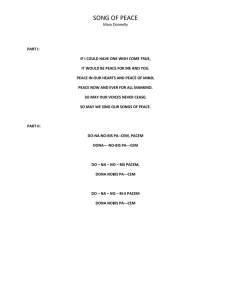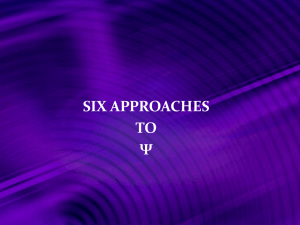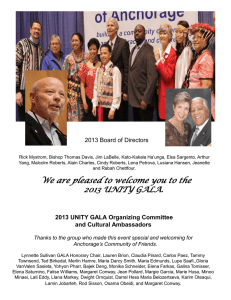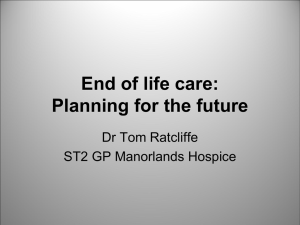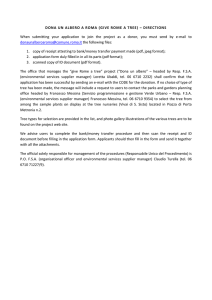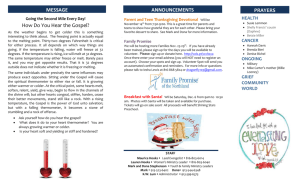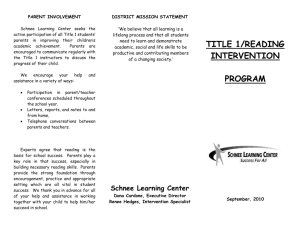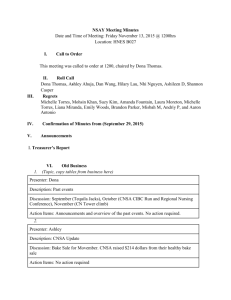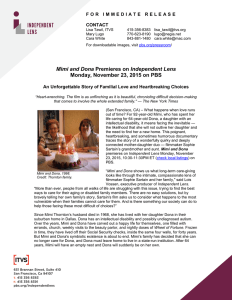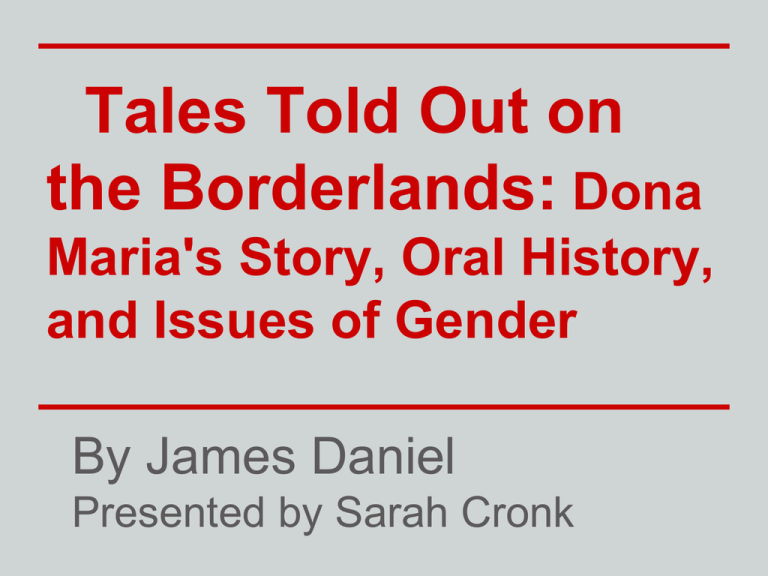
Tales Told Out on
the Borderlands: Dona
Maria's Story, Oral History,
and Issues of Gender
By James Daniel
Presented by Sarah Cronk
James Daniel
•
•
•
"Life stories are culturally determined constructs
drawing on a public discourse structured by class,
cultural conventions, and gender, and making use a
wide spectrum of possible roles, self-representations,
repertoires, and available narratives. We have to learn
to read these stories, and the symbols and logic
embedded in them, as such if we are to attend to their
deeper meaning and do justice to the complexity found
in their lives and historical experiences of those who
recount them."
Purpose
Originally researching the origins of Berisso and
Peronist Unionism
Dona Maria
•
•
•
•
•
Born 1905, San Martin
Began working in plants 1944 in the picada
section
Elected first female shop steward &
participated in union drives
Supporter of Peron
Died in July of 1989
Dona Maria the Housewife
•
•
•
•
•
The ideal marriage
Accepts her role as the traditional Argentine
wife and mother
See's her ability to provide for her children
as part of being a good mother
Without her husband's support, her
accomplishments wouldn't be so great
Hasn't experienced many problems with
disrespect from men
Into the Workforce
•
•
•
•
Entered the workforce for basic economic
reasons
Plants were better than domestic work
Peronism: The stage on which Dona Maria
made the choice to break away from
domesticity
Activism in public sphere included union and
politics
o
Unions lessen the vulnerable position of women in
the plants and limit masculine power and authority
over women
Impact of Peronist Ideology
•
1945-1955 - Peronism mobilized/legitimized
women in the public sphere
o
•
o
Early 1950's - Women's work outside the
home expressly condemned
o
•
Subordination was denounced
Traditional virtues were reaffirmed
Politics as a masculine task that women couldn't
handle
Novels written about Dona Maria based on
this ideology
•
How can we approach the problem of using
such stories to better understand the issue
of gender in working-class history? Is there a
way of reconciling the two different
stereotypes about gender present in her
narrative?
Thank you!!!


